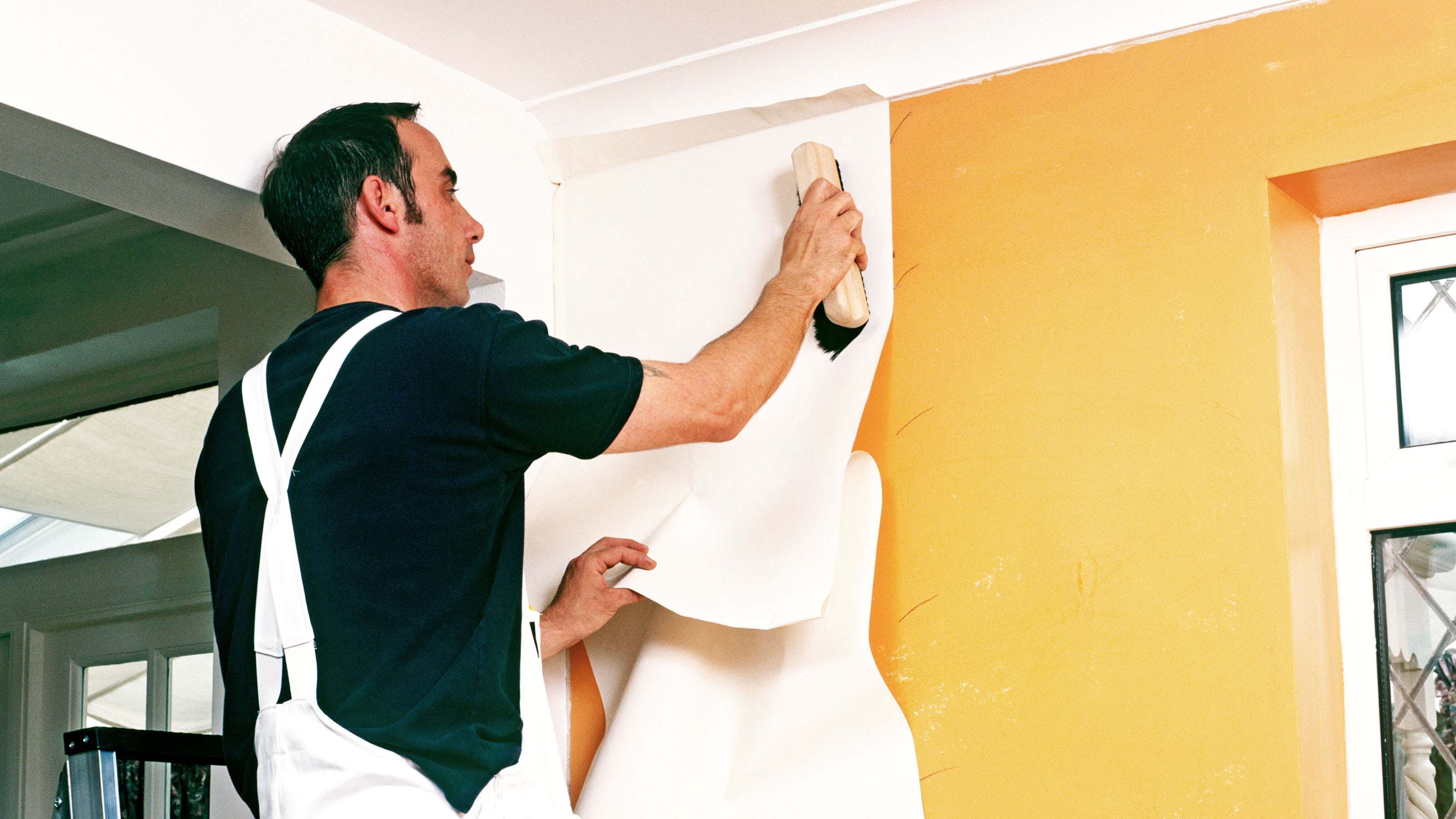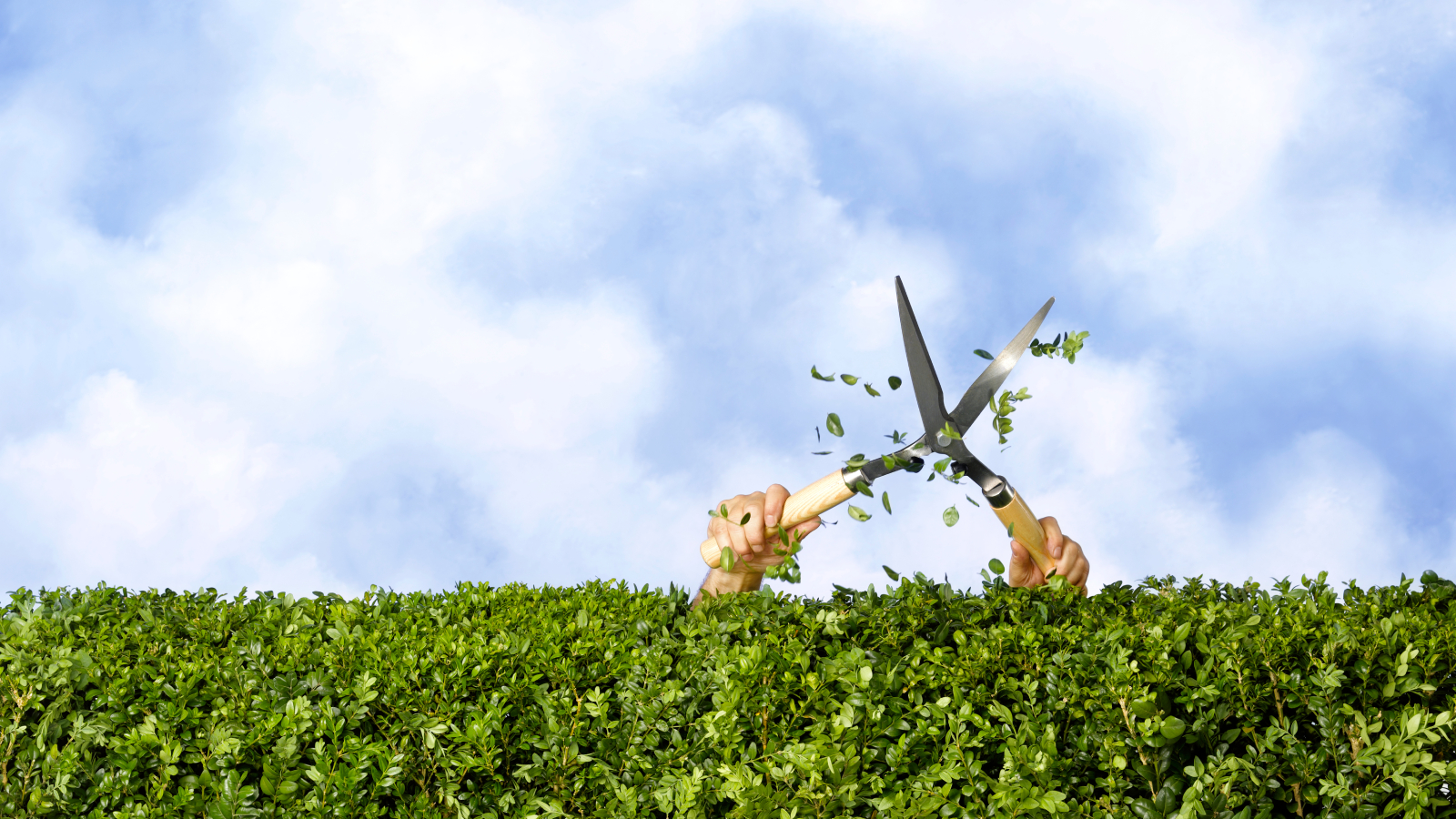Lining paper grades: What are they and which should I use?
We're here to help you choose the right lining paper grades for your next DIY decorating project. Find out why you need lining paper and which is best for what

Different lining paper grades serve different purposes, with some grades designed to cover hairline cracks and small imperfections, while others designed to cover more significant imperfections. Lining paper can also prevent wallpaper shrinkage and cover bold blocks of colour. So choose the right lining paper for these and other decorating scenarios and you will be getting a great finish when you paint or wallpaper.
One skill you will need to know when working with lining paper is how to wallpaper. Putting up lining paper is very similar to hanging wallpaper, with a few subtle differences.
Lining paper comes in different grades allowing you to choose the right one to give the best coverage. Read on to find out what grade will be the best choice for your project.
Lining paper grades: What thicknesses are available?
There are six common lining paper grades:
- 800
- 1000
- 1200
- 1400
- 1700
- 2000
800 is the thinnest grade, with 2000 being the thickest. Here we look at the different weights and what type of walls and ceilings they are best suited to.
1. 800-1000 grade lining paper
The thinnest grade lining paper is 800 with 1000 being a close companion and slightly thicker. These grades are designed to be used on walls and ceilings that are in good condition like newly plastered walls or smooth walls. They provide a smooth, flat surface for painting and securing wallpaper.
The thinner the paper the shorter the soak time for wallpaper paste. In the case of 800-1000 grades, leave for eight to 10 minutes before applying the lining paper.
2. 1200-1400 grade lining paper
The 1200 and 1400 grades are the midpoint for lining paper and slightly thicker than both 800 and 1000 grade lining paper. This makes them ideal for rougher walls with older plaster and larger cracks and small imperfections.
Erfurt Smooth 1400 grade Lining paper from B&Q is a well-known brand and a good choice for covering walls.
3. 1700-2000 grade lining paper
The thickest grades are 2000 and 1700 lining paper with 2000 being the thickest available. This is the ideal choice for walls and ceiling with deeper cracks and older plasterwork.
However, if you do have crumbling plaster, try to clean and repair the wall before putting up the lining paper. If you're unable to patch the plaster, you may need to remove the loose plaster, fill the hole or area with browning or bonding plaster, and then skim over it. A plasterer may be required if this is beyond your DIY skillset.
The thickest lining paper grades are also a good choice to hide stains and can add a little extra insulation to walls.
What is the thickest lining paper available?
The thickest and heaviest lining paper grade commonly available is 2000. This is a good choice for covering walls that have seen a lot of wear and tear, but you’ll need to do some prep before you put up the lining paper. You’ll need to know how to fill holes in walls to ensure a smoother finish and look to sand existing walls to get the best surface.
It's worth noting that if you are just using 2000 grade lining paper to cover up old walls and don’t do any prep there's a good chance you will see the imperfections when painted. You might also see bubbles in the paper when you put it up.
Use a low sheen or matt paint as this is less reflective and helps hide imperfections.
What grade of lining paper should I use?
What grade lining paper you use on a decorating project will be determined by the condition of the walls, how much preparation is needed and whether you are going to paint or wallpaper over the lining paper.
If you are wallpapering new plaster you will need a light grade lining paper as the wall will be completely smooth. This adds a little extra insulation and provides a great blank canvas for painting.
However, if your walls have hairline cracks you will need a heavier grade lining paper like 1200-1400. For walls in poor condition that are going to be wallpapered use the heaviest grade lining available. But it is still a good idea to repair cracks in plaster before you hang any lining paper to get a longer lasting finish.
Do you hang lining paper horizontally or vertically?
As a general rule if you are going to paint the lining paper after it has been hung you want to hang vertically as you would wallpaper. This is quicker and easier than hanging horizontally.
If you are going to wallpaper after hanging lining paper the pro approach is to hang the lining paper horizontally. This helps ensure that the seam on the wallpaper and lining paper don’t match up and gives a strong secure finish.
How long after hanging lining paper can I paint it?
Newly hung lining paper should be left for at least 24 hours to make sure that it has dried out properly before any paint is applied. If the room is cold then you want to leave it for at least 48 hours. Or, introduce a gentle ambient heat to help speed up the drying process.
Test with a simple hand test — place your hand on the wall and feel if the lining paper feels dry. If it is, you can start painting. Check out our how long does paint take to dry? article to get a guide to drying times.
Get the Homebuilding & Renovating Newsletter
Bring your dream home to life with expert advice, how to guides and design inspiration. Sign up for our newsletter and get two free tickets to a Homebuilding & Renovating Show near you.
Steve Jenkins is a freelance content creator with over two decades of experience working in digital and print and was previously the DIY content editor for Homebuilding & Renovating.
He is a keen DIYer with over 20 years of experience in transforming and renovating the many homes he has lived in. He specialises in painting and decorating, but has a wide range of skills gleaned from working in the building trade for around 10 years and spending time at night school learning how to plaster and plumb.
He has fitted kitchens, tiled bathrooms and kitchens, laid many floors, built partition walls, plastered walls, plumbed in bathrooms, worked on loft conversions and much more. And when he's not sure how to tackle a DIY project he has a wide network of friends – including plumbers, gas engineers, tilers, carpenters, painters and decorators, electricians and builders – in the trade to call upon.

